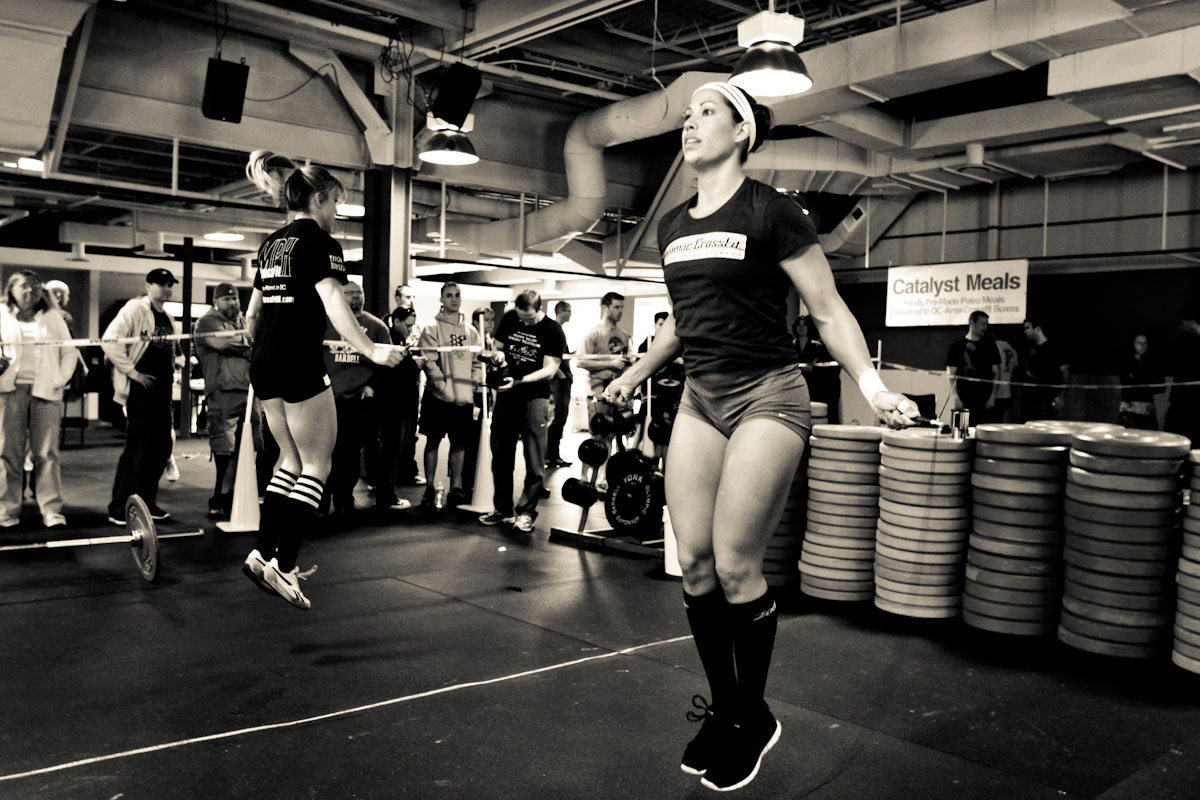
Nordic Track Elliptical Trainer – How Many Calories Do You Really Burn?
Naturally with a limited amount of time to devote to exercise and weight loss, you'll want to get the most "bang for your buck" so to speak. With all the choices out there, how do you know what machine burns the most calories? Is it the recumbant bicycle, stationary bike, treadmill, or something expensive like the nordic track elliptical trainer? No matter what type of equipment you choose to burn your calories on, a calorie is the same for each one. To understand how many calories you burn, you first need to understand how calories work.
The calorie is a unit of energy. It was invented, or more correctly, defined by Professor Nicolas Clément in 1824 as a unit of heat energy. In chemistry a calorie, also known as a gram calorie is the amount of energy required to raise the temperature of 1 gram of water by 1 degree Celsius.
In food and food labeling though, the definition can become a bit more obscure, as a result of the interchangeability of the terms calorie, food calorie, kilogram calorie, and kilocalorie. When used in the context of food, a calorie is the amount of energy required to raise the temperature of 1 kilogram, and not 1 gram, of water by 1 degree Celsius. Thus, a kilogram calorie is worth 1000 gram calories, as is a kilocalorie. Most countries use the calorie as the unit of energy for food labels, while others prefer the SI unit, the joule. For information's sake, a calorie is equivalent to 4.182 joules, a ratio adopted by the International Union of Nutritional Sciences. The term "food calorie" will be used in the following portions for clarity.
The caloric content of foods are measured by burning measured amounts of dried food in a calorimeter. The energy measured when burning in a calorimeter is higher than what the human body can actually get from the food. The human digestive system has inefficiencies, so it is theorized to be only able to extract 85% of the energy as compared to burning. This incomplete digestion is the reason we have solid waste to excrete.
Different nutrient croups have different caloric values. Fats are worth 9 food calories per gram, and ethanol or the alcohol in beverages is worth 7 food calories to the gram. Proteins and carbohydrates are both roughly 4 food calories per gram. Not all carbohydrates are edible, as evidenced by the mostly indigestible dietary fiber. If you're working out on a nordic track elliptical trainer, you're going to burn about
In the body, energy is produced by breaking food down into simple sugars which the cells can metabolize. The sugars are carried around by the blood stream, and energy is released within the cells that absorb these sugars. Muscles for example, take in the sugar molecules and break it down into energy. Muscles are rather inefficient though, only producing 15% mechanical energy for the amount of food energy taken in. Excess energy is stored in the body as fat.
Body fat requires more energy to make than to consume, so a person will need to burn off less than the amount he would need to consume to gain weight. Metabolism is different for different people, which is why weight loss and weight gain rates differ. This is related to the basal metabolic rate, or the amount of energy required to keep the body running. There is much more to the body's energy production, but those are best left to more technical discussions.


